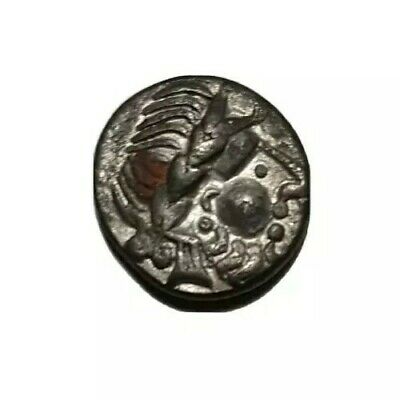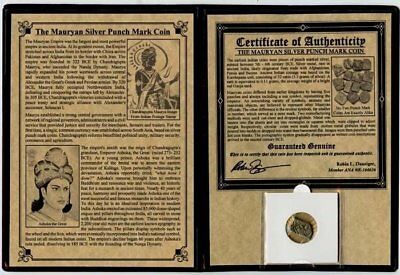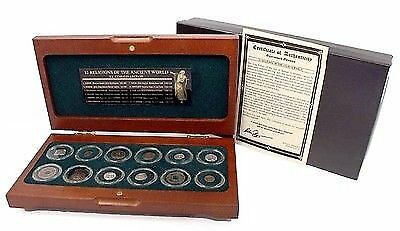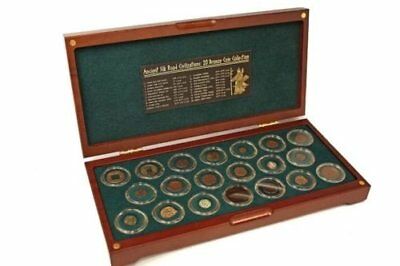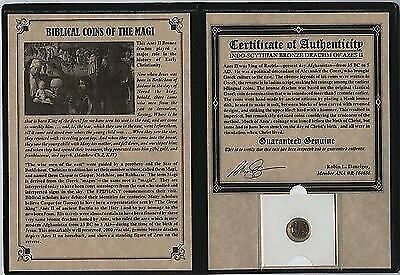-40%
Ancient celtic coin.Lot 82
$ 660
- Description
- Size Guide
Description
Ancient Celtic coinDanube tribe.
Silver content.
Rear specimen
Size 9 mm, weight 1.93 gm
Extremely Fine condition
Very good strike.
Questions? Ask!
From their new bases in northern Illyria and Pannonia, the Gallic invasions climaxed in the early 3rd century BC, with the invasion of Greece. The 279 BC invasion of Greece proper was preceded by a series of other military campaigns waged in the southern Balkans and against the kingdom of Macedonia, favoured by the state of confusion ensuing from the disputed succession after Alexander the Great's death. A part of the invasion crossed over to Anatolia and eventually settled in the area that came to be named after them, Galatia.
Tribes in Southeast Europe, Western Balkans, Pannonia and western Dacia,50 BC.
From the 4th century BC, Celtic groups pushed into the Carpathian region and the Danube basin, coinciding with their movement into Italy. The Boii and Volcae were two large Celtic confederacies who generally cooperated in their campaigns. Splinter groups moved south via two major routes: one following the Danube river, another eastward from Italy. According to legend, 300,000 Celts moved into Italy and Illyria.By the 3rd century, the native inhabitants of Pannonia were almost completely Celticized.La Tène remains are found widely in Pannonia, but finds westward beyond the Tisza river and south beyond the Sava are rather sparse.These finds are deemed to have been locally produced Norican-Pannonian variation of Celtic culture. Nevertheless, features are encountered that suggest ongoing contacts with distant provinces such as Iberia. The fertile lands around the Pannonian rivers enabled the Celts to establish themselves easily, developing their agriculture and pottery, and at the same time exploiting the rich mines of modern Poland. Thus, it appears that the Celts had created a new homeland for themselves in the southern part of Central Europe in a region stretching from Poland to the river Danube.
Certificate of Authenticity provided.
